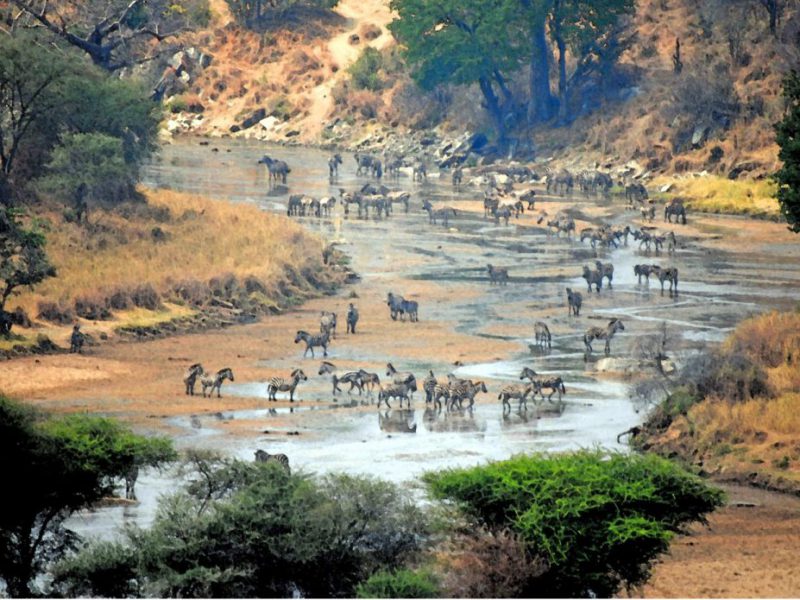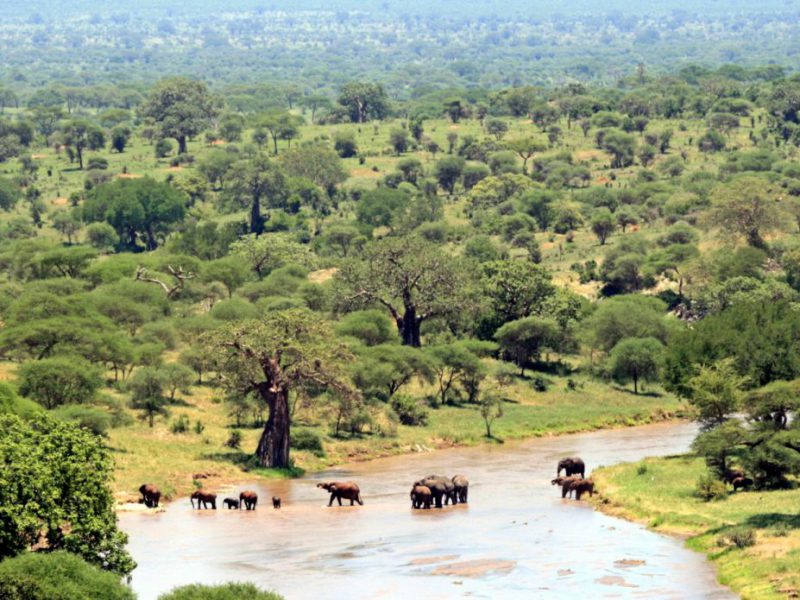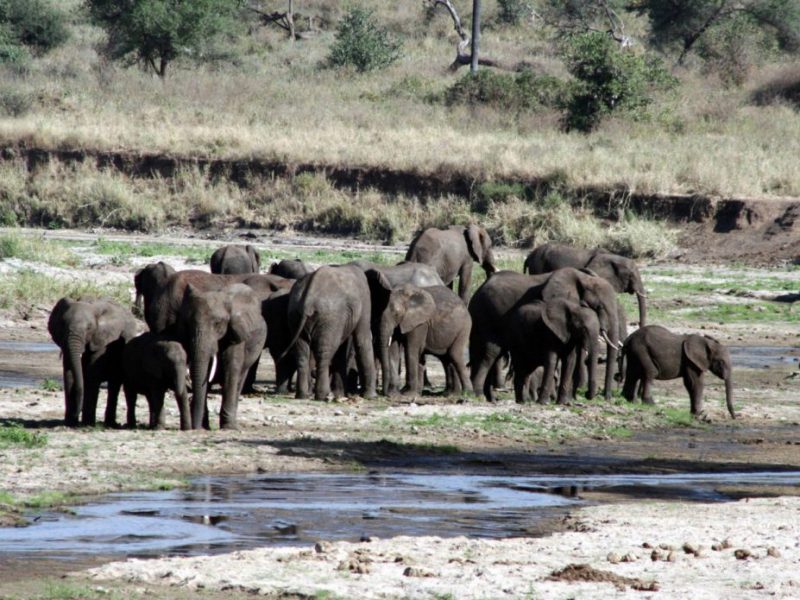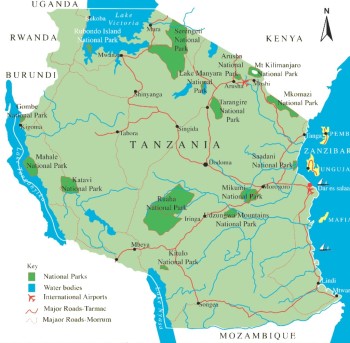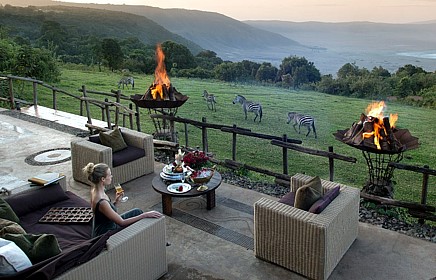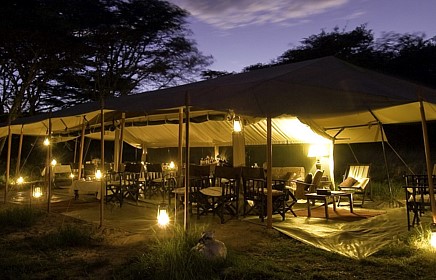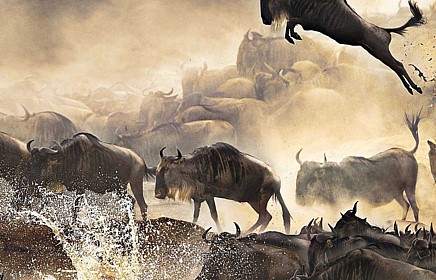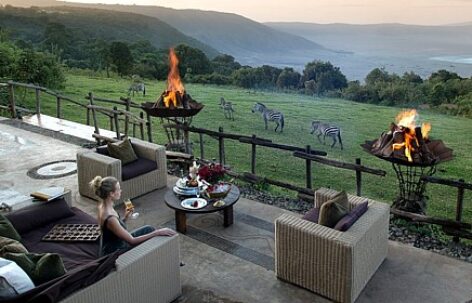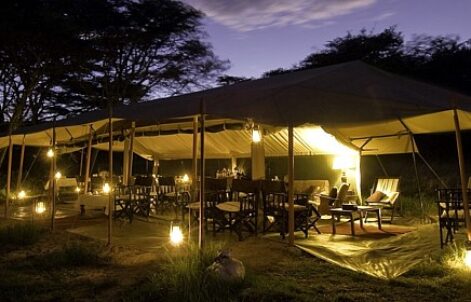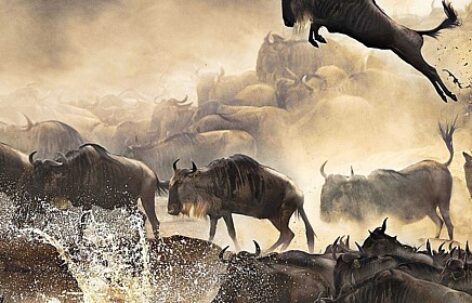TARANGIRE NATIONAL PARK
The Only National Park within a major City – world over!
It is the vast number of baobabs that first capture the eye as you enter Tarangire National Park. The gently rolling countryside is dotted with these majestic trees, which seem to dwarf the animals that feed beneath them. Tarangire is 120 km from Arusha, bordered with Tarangire Wildlife conservation area to the northeast, an area set apart by the government, to cater for the needs of the local people as a grazing ground for their herds.
The park owes its name to Tarangire River, which flows across the area. It is characterized by dense vegetation of acacia and mixed woodland, the area around Tarangire River however, is dominated by huge baobab trees and old doum palm trees to a lesser prominence, as well as black cotton grass. Though it is not as famous as other parks in the north, Tarangire offers the same attractions as other parks in the north. Its unique aspect is the annual animal immigration that takes place during the dry season.
Brief Background
The best time to go on safari in Tarangire National Park is towards the end of the dry season (September to November), when animals from the surrounding ecosystem concentrate in large numbers near the Tarangire River, which is the only permanent water source in the area. There are two rainy seasons, the short rains which generally occur in November and December, and the long rains, from mid March to the end of May.Although many visitors are anxious about the rains this can be a great time to visit the park. Dramatic skies and fabulous sunsets are not uncommon. Rain showers are usually heavy but short, allowing plenty of time to get out and see animals indulging on the flush of verdant grass. Lion are common throughout Tarangire, as are leopard, while cheetah seem to favour the more open areas of the south. Spotted hyena are always around, and while wild dog do sometimes pass through, sightings of them are rare. Tarangire is an excellent reserve for elephant viewing and the famous baobab trees. The landscape and vegetation is incredibly diverse with a mix that is not found anywhere else in the northern safari circuit.
While Serengeti’s animal migration has attained mundane fame, for many tourists, little is known of Tarangire annual migration. The difference with Serengeti however is that, in Serengeti animals migrate away from the park during the dry season (June to October), the opposite happens in Tarangire; animals migrate from Maasai Steppe to the park during the dry season. They migrate to the park in search for water, which is provided by Tarangire River, and predators migrate along in search for preys. During this period the park has the largest concentration of animals than in any park in the northern Tanzania.
June to October is the best time to see large number of wildebeest, elephants, zebras, and hartebeest. Not all animals are migratory though, other animals such as giraffes, impala, eland, lesser kudu, waterbuck, gazelle and sometimes rhinos or leopards can be seen throughout the year. More people are attracted by the giant pythons and large herds of elephants. The park is also famous for migrant birds.
